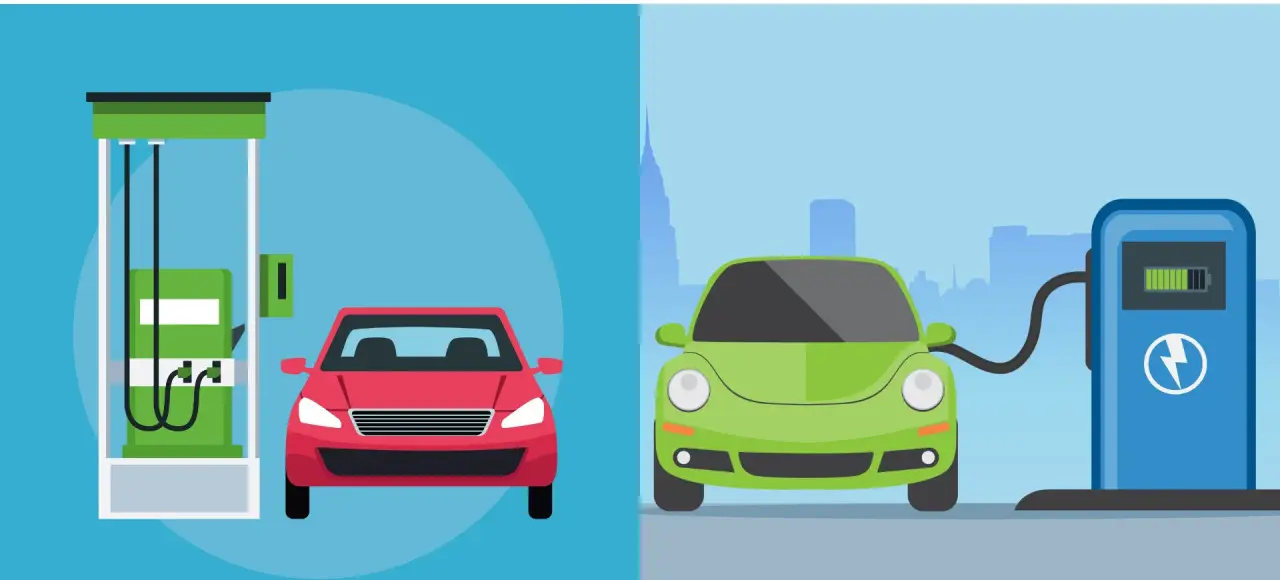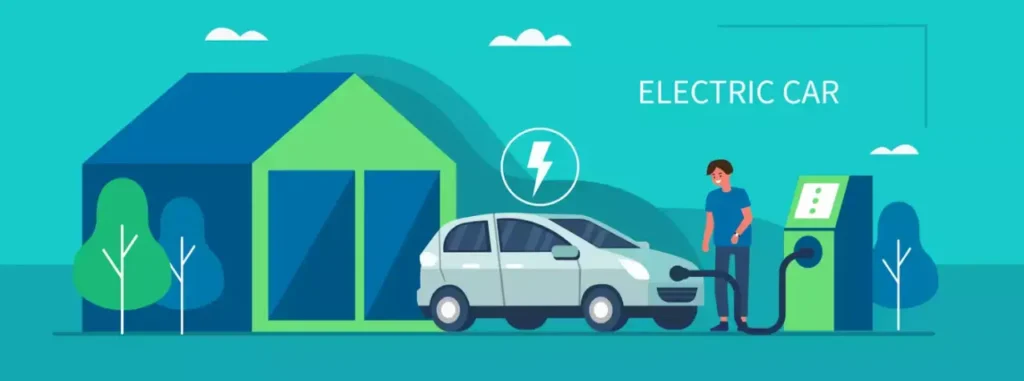
The automotive industry has undergone many changes since the first car was invented in 1871. Most of these changes have been to improve their efficiency and comfort. Due to the rising cost and environmental hazards of fossil fuels , most of the recent developments have been directed at creating alternative power sources for the machines.The recent research and development has led to the emergence of electric cars as a possible replacement ..
Electric vehicles and old-school gas-powered cars, appear similar from the outside with comparable aerodynamic shapes featuring side-mirrors and indication systems.
Their interiors are also similar with a steering wheel, driving pedals, and regular car seats. However, this is where the similarities end. The electric engine systems are fundamentally different from that of combustion engines, with electric cars having only one moving part – the motor.
The car’s motor operates via a rechargeable battery pack that propels the drivetrain in turn propelling the car. Gasoline vehicles, on the other hand, utilize internal combustion engines that obtain power from either gasoline or diesel combustion. In contrast to electric cars, which rely on massive battery packs, gas-powered cars mostly have fuel tanks situated beneath the car, usually behind the back seat.
Internal combustion engines require electric power to start, which is why cars using this system have small batteries connected to spark plugs, which ignite the fuel. These engines are complex and have hundreds of moving parts, from the pistons to the minute rotator valves that regulate fuel inflow.
Gas-powered engines emit pollutants through their exhaust or tailpipes, while electric cars produce zero emissions. Instead, electric vehicles are equipped with a charging socket that fits a unique electric plug. Gas-powered cars, on the other hand, have a pipe that connects to the fuel tank with an opening conveniently located on the body of the vehicle.
Electric vehicles present several advantages over traditional internal combustion engines. Foremost among these is their exceptional energy efficiency. Electric cars convert roughly 60% of the energy stored in their battery packs into driving power. Meanwhile, gasoline-powered cars only manage to convert about 20% of the energy contained in the fuel they use into driving power.

Another advantage of electric cars over internal combustion engines is their high environmental friendliness. Electric vehicles don’t emit any gaseous discharges, unlike their traditional counterparts. If power obtained from wind, solar, and hydropower plants is used to charge electric vehicles, the entire process of power generation and usage while driving is very clean.
Electric vehicles also outperform those powered by internal combustion engines, as they run more quietly and have a stronger acceleration rate. They are also cost-effective to maintain due to their minimal number of moving components. Additionally, these cars significantly reduce energy dependence.
Car users have been reliant on a limited range of energy sources to fuel their vehicles for many years. This reliance has presented a challenge to the transportation industry as the availability of oil decreases. The introduction of electric vehicles helps to address this issue, promoting efficient socioeconomic systems.

Internal combustion engines offer several advantages over electric vehicles, particularly in terms of driving range. Gasoline/diesel engines have the ability to travel long distances before requiring refueling. For instance, a traditional vehicle can go more than 300 miles on a single tank of gas. Electric vehicles on the other hand can currently only travel between 100 and 200 miles on a full charge.
This limits their utility for long-distance travel, particularly in areas with limited access to electricity. Additionally, traditional combustion engines have the advantage of faster refueling times compared to that of electric vehicles. Normally, it takes between four and eight hours to completely recharge the battery of an electric car.
Even a typical rapid charge, which can fill up to 80% of the battery pack, requires a minimum of 30 minutes. By comparison, filling up a car with petrol or diesel can take as little as five minutes depending on the tank capacity. However, battery packs that power electric vehicles occupy a significant amount of space and are generally heavy, resulting in a considerable percentage of the energy generated being allocated to the battery weight.
Additionally, the batteries require replacement after periods of use, which is quite expensive.
Also, locating a substitute may pose a difficulty, particularly in nations where the adoption of electric cars has not gained traction.
The body and cabin designs of the two types of cars are similar, while their differences lie in their engines and associated features, such as battery packs and fuel tanks.
Electric cars have been shown to be more efficient and less expensive to maintain than petrol or diesel-powered cars. Traditional vehicles have the advantage of covering long distances without requiring a refill and having a quick refill time. In conclusion, while electric vehicles present more advantages than traditional ones, their widespread adoption may be delayed. It will likely take time for the installation of necessary recharge and maintenance stations, for the wide use of this technology.

Opening Hours:
24/7
Address: Tradex Mena International Consulting Group L.L.C-FZ 6th Floor, Business Center, The Meydan Hotel Grandstand, Meydan Road, Nad Al Sheba, Dubai, United Arab Emirates
+971 50 240 9735
Address: TRADEX INTERNATIONAL CONSULTING DANIŞMANLIK
itH. iHr. ve TiC. LTD. ŞTi.
Tomtom Mah. istiklal Cad. Beyoğlu iş Merkezi No.187 iç Kapr No: 4 Beyoğlu/iSTANBUL Beyoğlu V.D. 8591125255